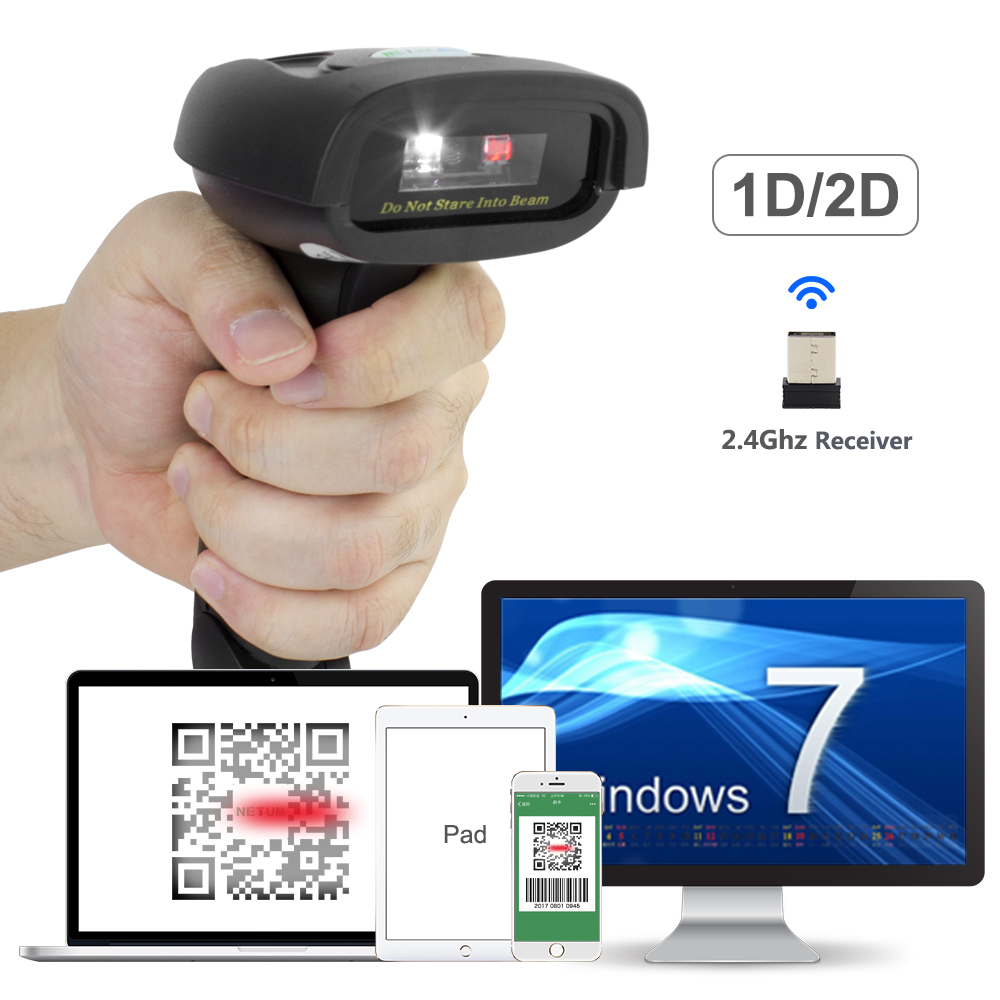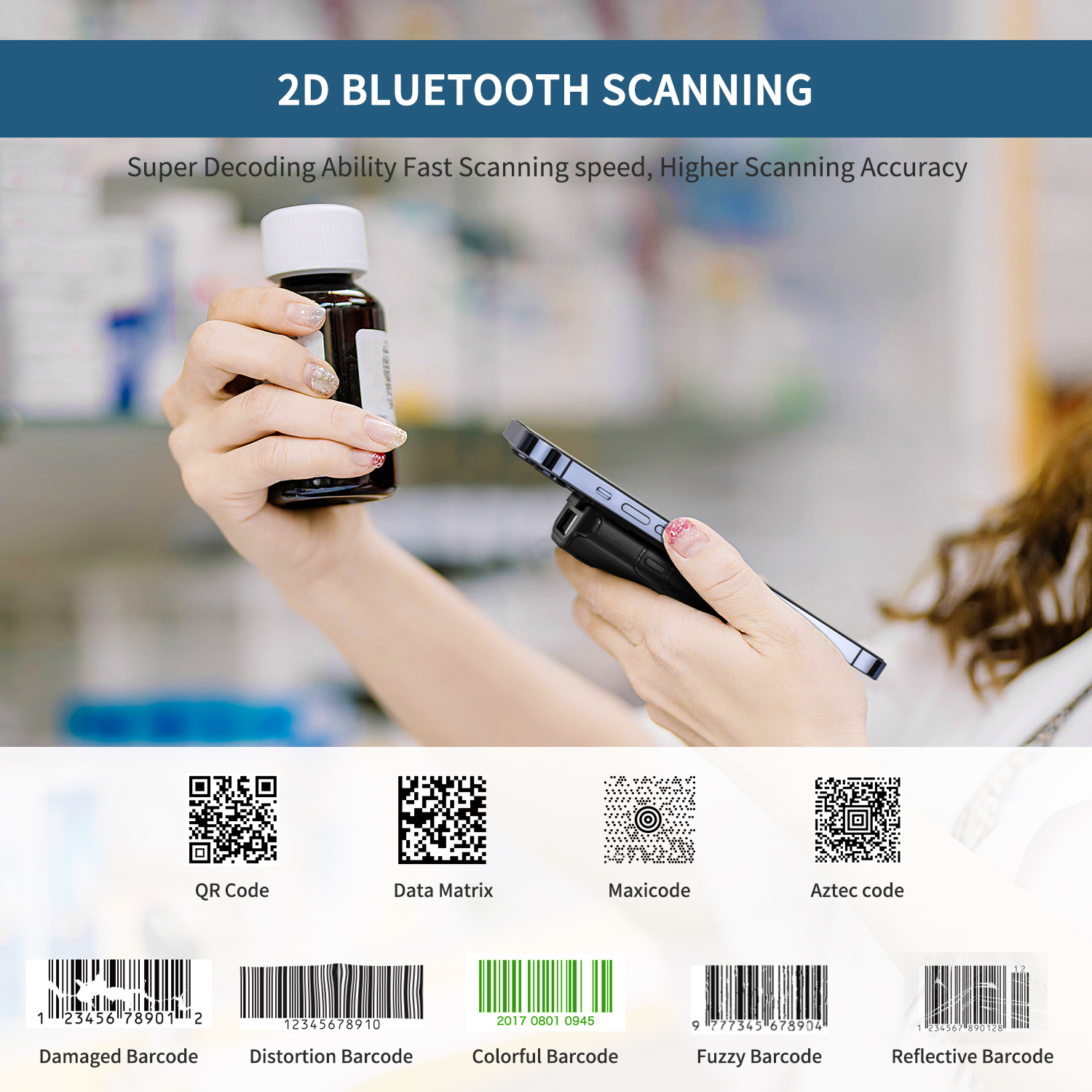As an indispensable tool in modern business, logistics, medical and other fields, handheld barcode scanners have greatly improved the efficiency and accuracy of data collection. There are many performance indicators for handheld barcode scanners, among which resolution is one of the important parameters to measure its scanning ability. The resolution usually refers to the minimum barcode module width that the scanner can distinguish, expressed in mils. One mil is equal to one thousandth of an inch. For example, a resolution of 5mil means that the scanner can successfully read a narrow barcode with a width of 0.005 inches.

The resolution of a handheld barcode scanner refers to the width of the narrowest unit that the reading device being tested can read. The density of the barcode is generally divided into 1mil, 2mil, 3mil, 4mil, and 5mil. The scanning accuracy of common barcode scanners on the market is 3mil, 4mil and 5mil. The resolution of 5mil is approximately equal to 0.13mm, and the resolution of 3mil is approximately equal to 0.08mm. Generally speaking, it is more appropriate for the scanning light spot to be about 0.8 times the minimum bar width. When the product barcode has a magnification factor of 0.8, the minimum bar size is 0.26mm.
If the handheld barcode scanners used is normal but cannot recognize the barcode, it is very likely that the scanning resolution of the handheld barcode scanner is not enough to cause the barcode to be unable to be recognized; and the barcode scanner with high recognition accuracy also has higher requirements for the quality of the scanned barcode. If the quality of the barcode is not high, the scanning effect will also decrease.
Therefore, when selecting equipment, in theory, the higher the resolution, the greater the barcode density that the handheld barcode scanner can read, and the smaller the barcode or the barcode that is damaged or has poor printing quality can be read. In-depth analysis is conducted from multiple aspects such as practical applications and cost considerations, and it is discussed that the higher the resolution of the handheld barcode scanner is, the better it is. Instead, a handheld barcode scanner with a corresponding resolution should be selected according to the density and quality of the specific barcode used. In use, if the resolution of the selected device is too high, the stains and ink removal on the bar will have a more serious impact on the system.
When we choose a barcode scanner, we should not only consider its resolution, but also consider it from many aspects, such as usage scenarios, upload methods, whether data needs to be stored, etc.


